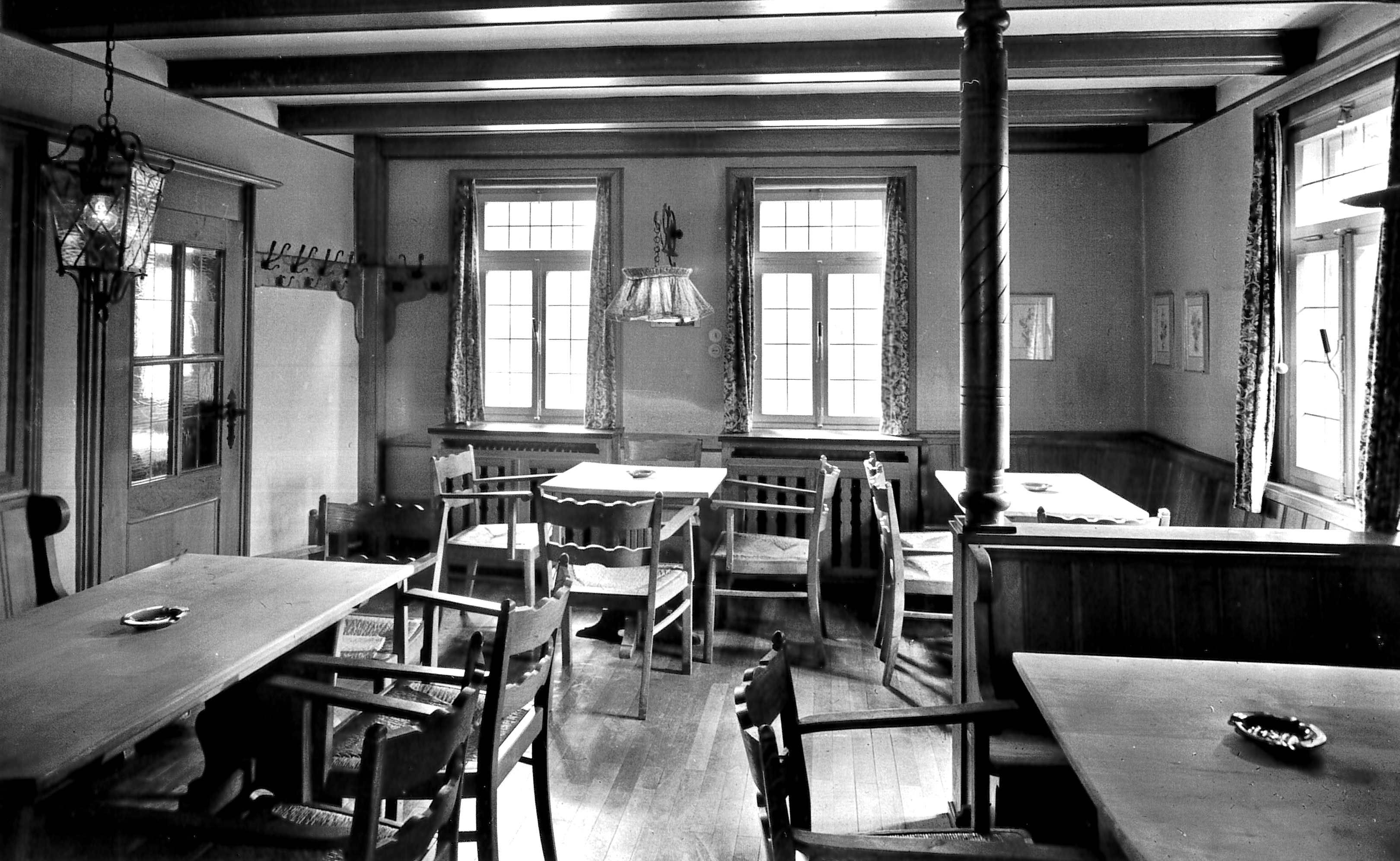Heimes Inn
In the family for 15 generations
The history of the Gasthof Heim began in 1591. Originally, the farm was an inn for simple travelers, the owners were serfs of the monastery Grafschaft. In order to make a better living, they offered more than just board and lodging: over time, a forge and a distillery with its own orchard were added. The serfdom was abolished at some point, the ownership changed, but what remained was the stately inn from 1790. The Müller-Heimes family has now been running the farm for more than 15 generations: a piece of Schmallenberg history in the local district. Grafschaft.
An ancestor of the current owner family Müller-Heimes founded the farm in 1591: Peter im Spyker was the first owner and still a serf of the monastery Grafschaft. His basic rent was 1 thaler. In 1625, a smithy was set up on the farm, called "Schmies" in Sauerland, which became the name of the house. In 1668, Johannes Sporing ran the farm at a profit. It was now also a hostel for simple travelers; their lords lived in the monastery opposite. In 1685, a beer bar is mentioned for the first time, followed by a distillery in 1759. It was not until 1806 that serfdom was abolished. It was not until 50 years later that Heimes was able to take over the farm completely from the monastery with a redemption payment. Today, the Müller-Heimes family concentrates on the inn, having given up the woodland after the hurricane Kyrill in 2007. Since 2003, after a 100-year break, there is once again a distillery with fruit from their own orchard.
Today's hotel building from 1790 is a mansard-roofed gabled house with a typical local façade. The west side marks the entrance to the village and, together with other historic houses, characterizes the streetscape. It is a listed building for scientific, architectural and urban planning reasons. The eaves wall on the street side and parts of the right and left gable walls, including the strikingly richly folded slate roof above, are classified as worthy of protection. The two-storey half-timbered house stands on a solid base. The main façade is divided into seven axes. As the entrance is no longer in the central axis, the original distribution of doors and windows may have been changed. The guest hall from 1892 lies on a massive service section and was built in the half-timbered style of its time. In 1955, a further wing was added to the core of the house, whereby the roof contour was retained.
The Heimes family originally comes from Winkhausen. They have lived on the farm for 15 generations. As is the case with marriages and remarriages, other surnames can also be found in the family tree over the course of time. Some are connected with a special story. Particularly tragic is that of Anna Schmies, who was executed as an alleged witch on April 25, 1630 in Oberkirchen was executed as an alleged witch. She had arrived too late for mass, had not used enough holy water and had not bent her knees low enough. At the time of the witch hunts, slander had serious consequences.
Her descendant Catarina Schmies lived far better in 1759: she only paid the usual taxes for "burning brandy".
The Heimes family has been accommodating guests on the farm for many centuries. The inn has been documented since 1668, and in 1839 the concession states: "Heimes runs a farm and lodges next to it" - old-fashioned for "he rents out accommodation".
Vertelleken
Chatting out of the sewing box...
Beer was already being served in the inn in 1685. This is documented by the church record of a debauched men's party. Johannes Becker zu Wiedinghausen had already drunk brandy before mass on Sunday morning ("in his brother's house") and then moved on with three other men to "Schmiedts Joanns haus". This was today's Heimes inn. Here Caspar Jäger, Dierck Schmiedt and the young Hensen drank "several measures of beer" at Rahrbach. This was too much for Johannes Becker, as he "came to the monastery churches well laden". This is where he becomes quite nauseous: "No sooner had [he] sat down than [he] breaks himself in the chair cum scandalo plurimorum astantium." Or to put it in modern terms: to the annoyance of all those around him, the very drunk Johannes Becker threw up in church around 350 years ago. It was probably not the beer in the inn that was to blame, but it was the spirits he had consumed beforehand.












